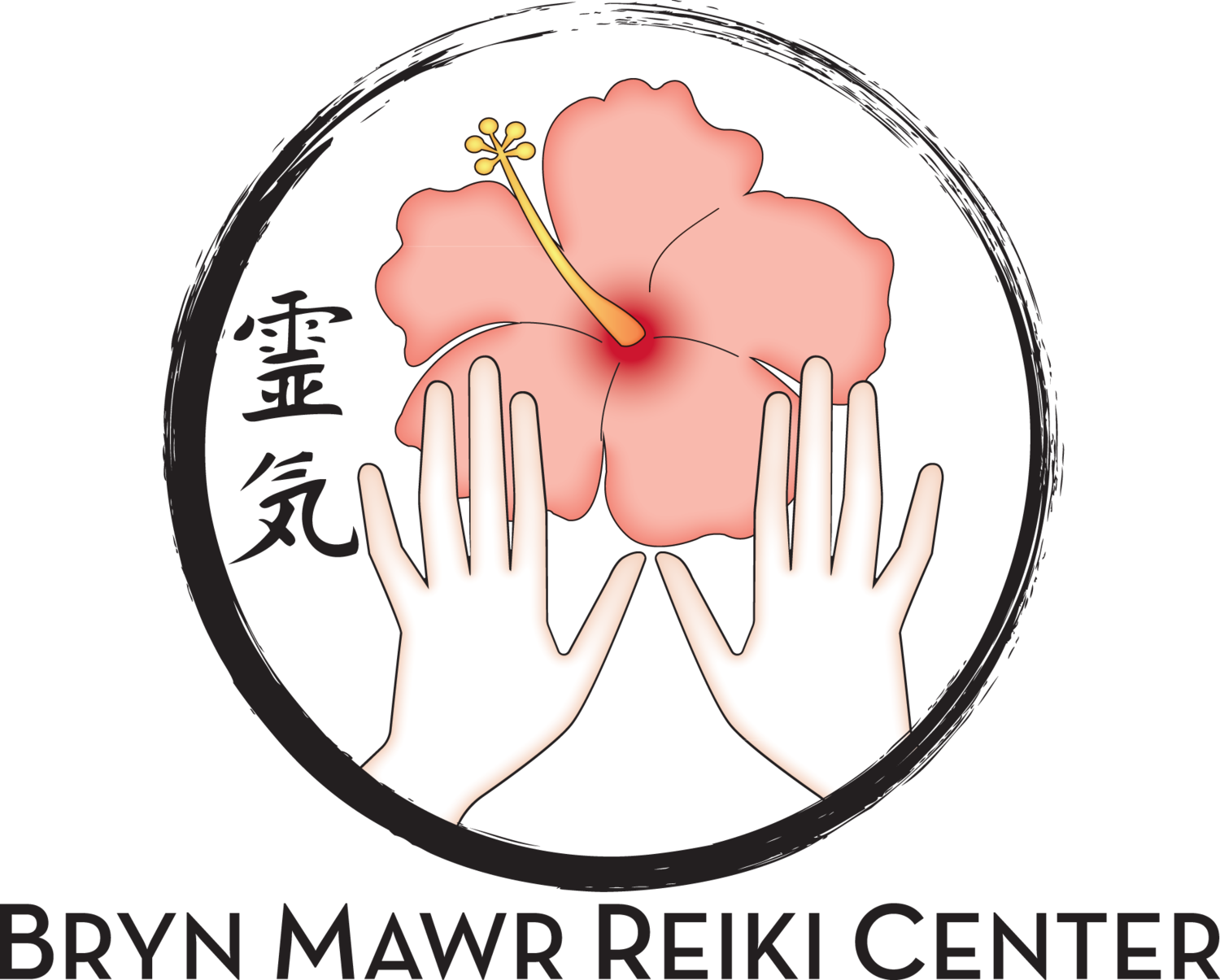Hey! What are chakras? And can I balance them?
Chakras are many times associated with colors and areas of the body. But how do they inform a practitioner of the client’s energy system? Let’s take a look.
Many people in the West associate chakras, or the Sanskrit word for wheel, with Reiki. But how does Reiki “balance” the chakras? And what exactly does that mean?
First, it might be best to look back in history. Chakras, while very relevant to Reiki today, were not always a part of the practice of Reiki. Mikao Usui discovered the practice of Reiki, and he used it to help many people during a time when prevention for diseases such as tetanus were not yet available, but he did not use the Chakra system. Rather, he put his hands where he was guided or of course where there was an injury. Dr. Chujiro Hayashi, after he received the teachings and initiations from Mikao Usui, developed a system of treatment that followed the energy meridians of the body and their associated organs - similar to that of acupuncture. When Mrs. Takata taught John Harvey Gray in the 1970s, Eastern philosophies were gaining popularity in the West, which is why we see this Sanskrit word so prevalent in our language today.
As a Reiki student and master, John himself became very interested in the human energy system and what we now know as the seven chakra system - crown, third-eye, throat, heart, solar plexus, navel and root. Through John’s work with W. Brugh Joy M.D. and Richard Moss, M.D., he discovered that the energy of the chakras and the human body itself can be felt with the hands, as well as measured or assessed.
John and his second wife Lourdes write in their book Hand to Hand, “we have come to believe that life energy pours into our bodies through these chakras, which appear to be centers for energy accumulation. They supply a link between our physical and non-physical bodies,” (152). This link between the physical and non-physical (or energy) body, is where the practitioner can gain information about a client to support them in a Reiki treatment. In Hand to Hand, chakras are described as small cylinders that “enter the body to supply the nearby meridians, glands and organs with energy,” (152). While chakras were not an original part of the practice of Reiki, they have certainly become a part of our understanding of the human body and its energy system.
You can see in the above diagram, each chakra is associated with a certain part of the body, as well as specific organs and glands. The chakras are intrinsically linked to specific emotions - you may even see some diagrams online associating each of the seven chakras with a specific set of emotions, along with colors, foods and activities to strengthen them. John Harvey Gray, in his research, theorized that “the musculature, not the chakras, hold emotions. When they are not fully expressed, emotions can get locked in the body creating a state of muscular tension which prevents energy flow through the chakras,” (150-151). According to John’s research and theory, each chakra has an “ ‘emotional set-point’” or an overall long-term emotional atmosphere for the person (154). As we experience life from birth to old age, and we develop emotional set-points based on these experiences and interactions with family and friends. These experiences can solidify in the body, and therefore create emotional set-points that can such as joy, self-confidence, fear, doubt, etc. These set-points are reflected in strong and/or weak chakras.
You might be asking, where does how do you scan the chakras? And how can you receive information from them? Well, the Reiki practitioner is both attuned to the energy of Reiki, or “universal life force energy,” and therefore generally more sensitive to the energy radiating from the body, including the chakras. As we pass our hands over each of the major chakras, we as practitioners can feel when certain chakras are strong or weak. If they are weak, we spend more time giving Reiki to those energy centers. We may ask the client about a certain energy center and emotion if we feel one is particularly weak. For example, if the throat is particularly low, we may ask a client if they have any emotions of sadness and hopelessness. We would also spend more time with our hands over that energy center to support the client and that chakra to regain life force energy - and become unstuck. The more Reiki a chakra receives, the more it can move information, experiences and emotions through it and energy flows more freely. Therefore, the “emotional set-point” of sadness can change for the client.
In our treatments, we always spend time scanning the chakras and the energy body before starting a Reiki treatment. We have recently added an hour-long chakra-specific treatment - Chakra Scanning and Balancing Treatment - where we spend part of the session scanning each of the seven chakras, taking notes on our diagram sheet that we have specifically developed for this session, and then the remainder of the time we focus on the hand positions that cover the seven major chakras (crown, brow or third-eye, throat, heart, solar plexus, navel and root). Clients walk away with an outline of what each of the chakras is associated with in general terms, a diagram with notes from each of their respective chakras, as well as a treatment plan for how many sessions may be necessary to raise the energy of weaker chakras and balance their overall energy body.
To book this Chakra Scanning and Balancing Treatment, you can click here, call 610-903-2206 or email stephanie@brynmawrreiki.center.


